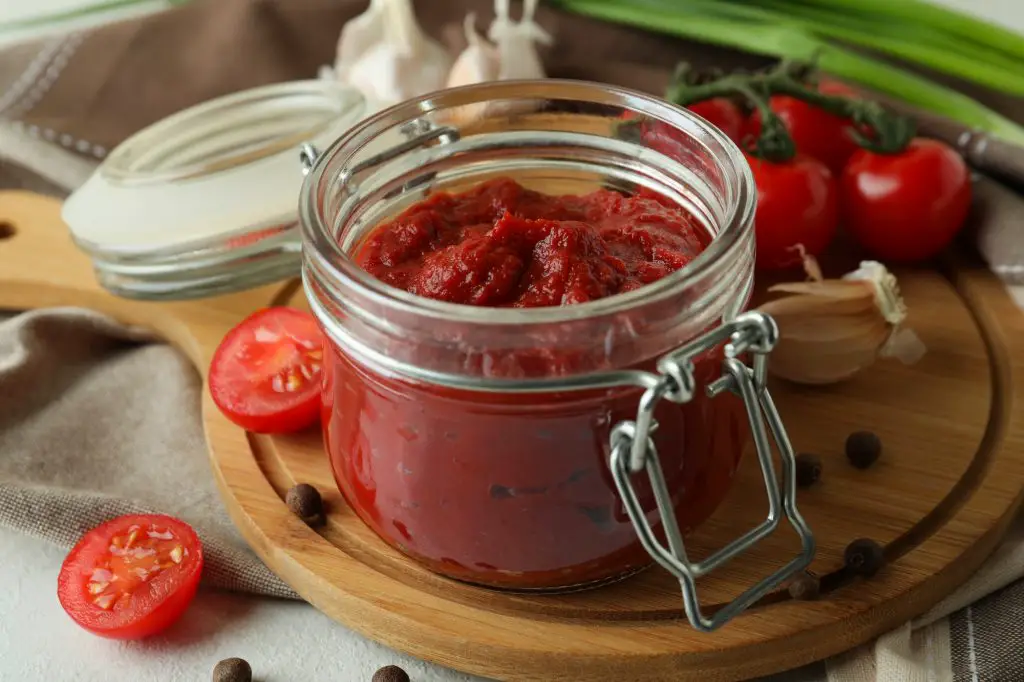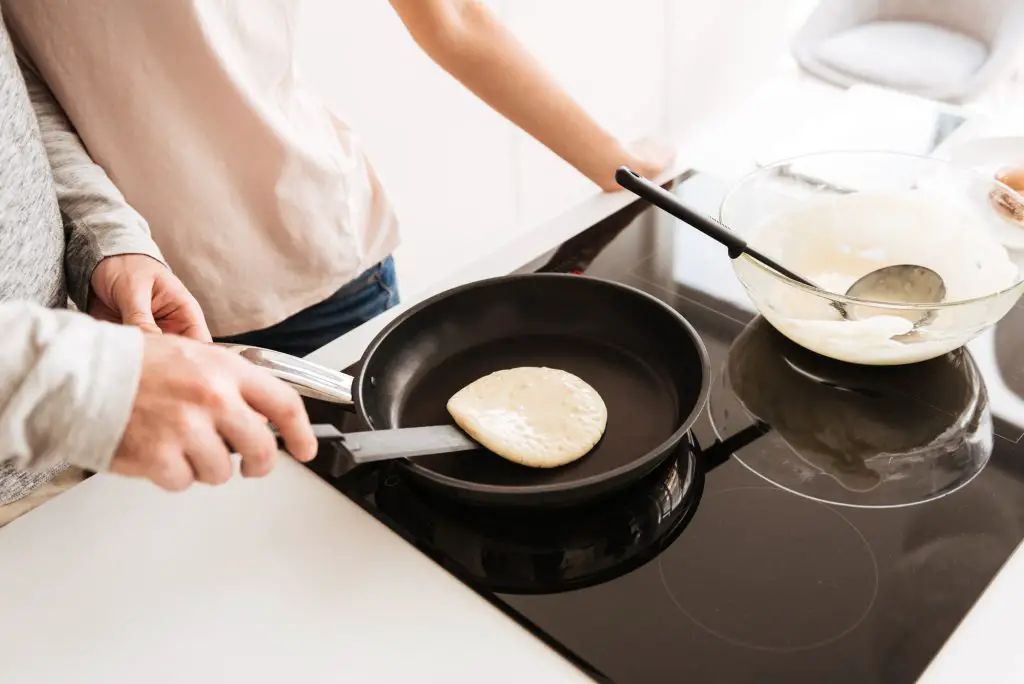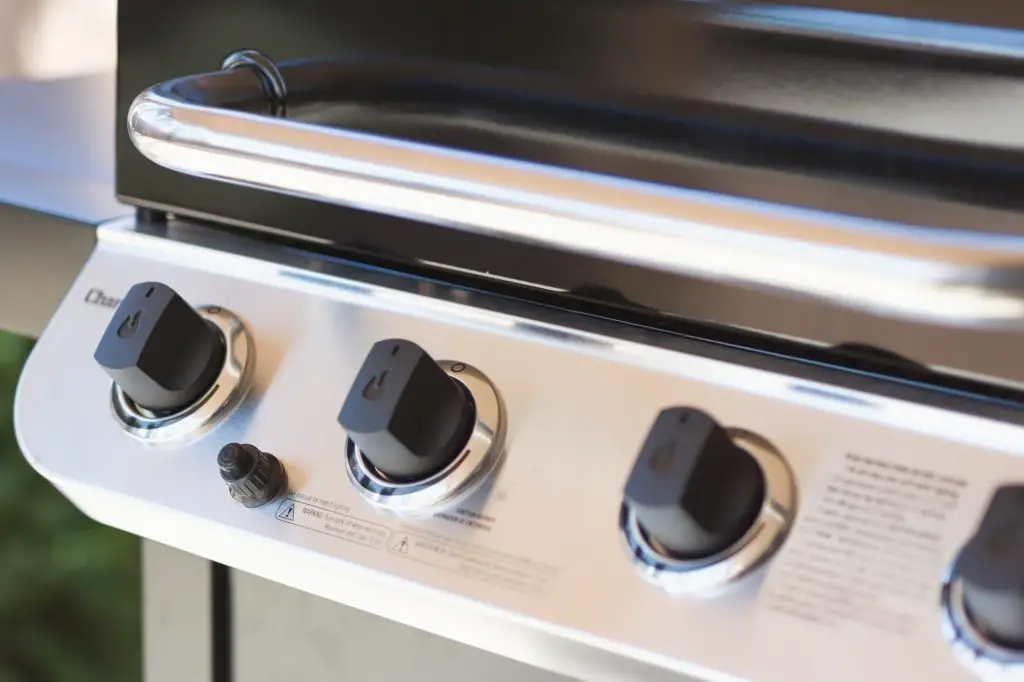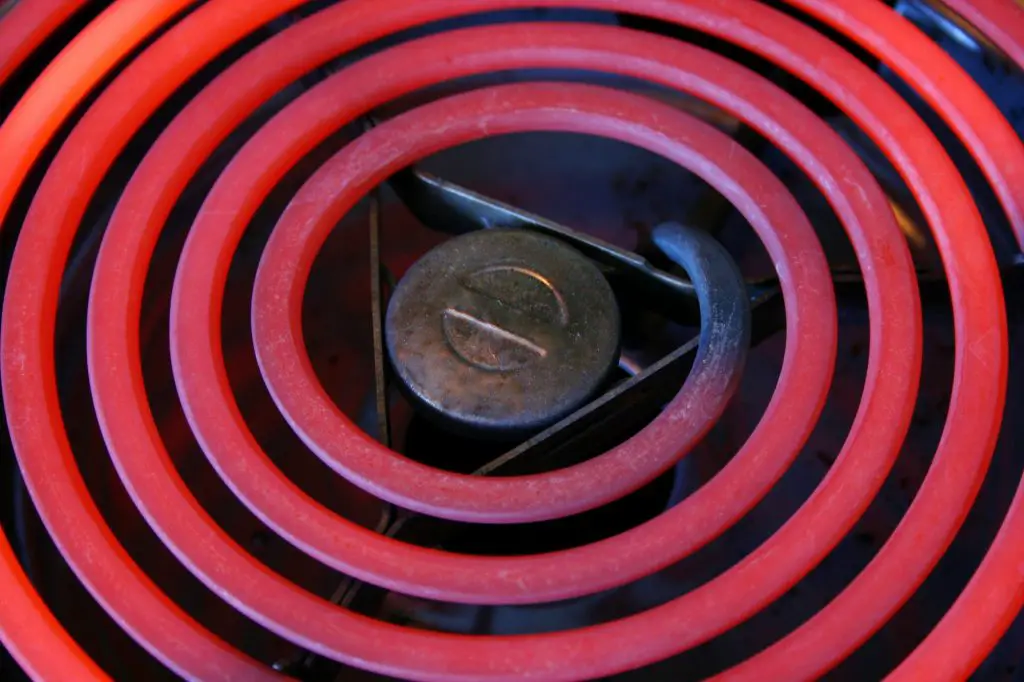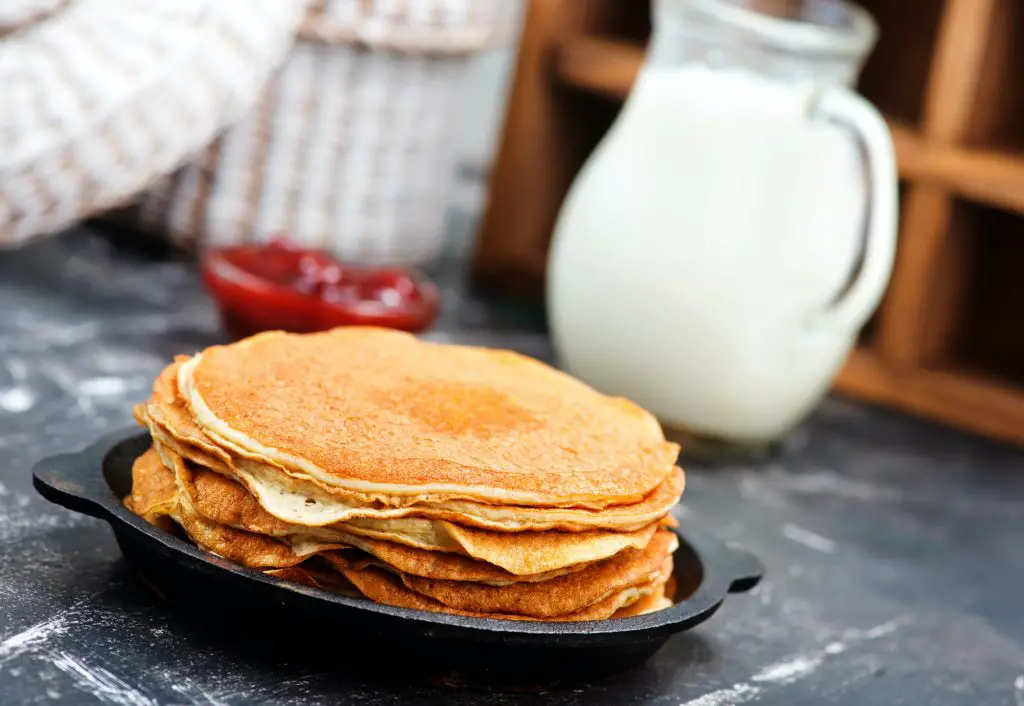Tomato Paste is one very useful cooking ingredient, and sometimes without it, you can’t make some particular dishes. Now, imagine you need to make a quick dish and find out that you’ve run out of tomato paste.
What do you do? Well, do not be in a hurry to rush to the store because there are some things you have in your home that would work as a great substitute for tomato paste, and even after making your dish with them, little or no difference would be noticed at all.
[NEW] Can You Freeze Leftover Turkey? (Here’s How to)Table of Contents
The Best Tomato Paste Substitutes to Try Today
Additional hint: If you’re looking for tomato sauce substitutes, these options will work well too.
1. Fresh Tomatoes (Blended)
If you’re short on tomato paste and you have great tomatoes at home, you can make use of them. All you need to do is wash your tomatoes and blend them until they’re really smooth.
If you do not want the seeds in it, while washing, you can peel the tomatoes, take out the seeds, then blend till they’re really smooth and as thick as you want them. There you go, a splendid alternative in place of tomato paste.
2. Fresh Tomatoes (Sliced)
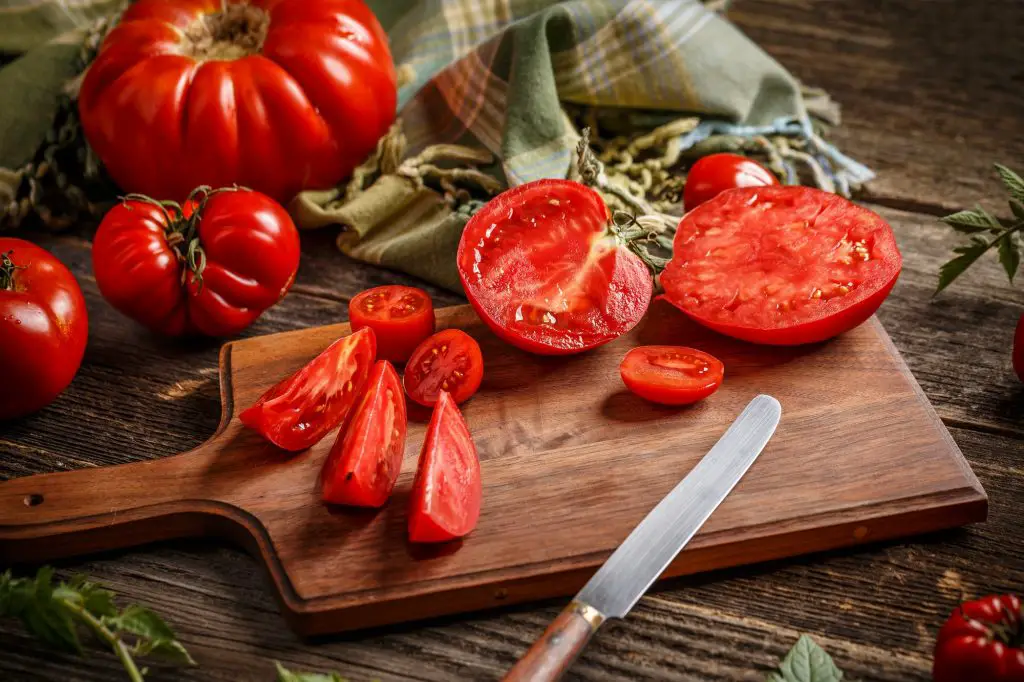
You have fresh tomatoes but don’t want to blend them? Well, slice ‘em up. Wash your tomatoes, place them on your chopping board and slice up as much as you need. If you do not want the seeds, while slicing, take them out.
When you’re done slicing up as much as would be enough for the dish you’re about to make, pour a little water in a pan, remember, a little, and place it on your stove. After the water has heated up a bit, don’t let it get to the boiling stage, pour your sliced tomatoes into it and leave to boil. While it’s boiling, keep mashing it and keep stirring. Do this till you’re satisfied with the result.
3. Tomato Sauce
Your tomato sauce can be used in the place of tomato paste. To make this work, pour your tomato sauce into your pan and heat it up. Do not add water into it. Just let it boil and keep on stirring constantly.
You have to be patient as this process might take a little while because, before you can use that sauce as tomato paste, it has to have reduced by half. It’ll reduce by half because the water in it would dry up, and this can only happen if you let the sauce simmer for a while, and don’t forget to keep on stirring.
4. Canned Tomatoes
These are peeled tomatoes that are sealed, either into a can or a tin after they’ve been processed by heat. To use in place of tomato paste, just pour into a pan and boil till it thickens. If you don’t want the seeds, sieve out before you boil. Also remember to boil till all, or most of the water in it is out. Only then can it be used in place of tomato paste.
5. Ketchup as a Tomato paste substitute
Ketchup? Yes, ketchup. If you have a recipe and it says to put four tablespoons of tomato paste and you don’t have any, just swap it with four tablespoons of ketchup.
Now, because ketchup has more water in it and is thinner than tomato paste, if the recipe says to boil the tomato paste for five minutes, you’d have to boil the ketchup for twice as longer (i.e ten minutes), or, if you don’t want to wait that long, just split the dish you want to cook and cook it in two different pots.
So you’ll put two tablespoons of ketchup in one pot, and two tablespoons in the other pot. That way, they both boil for five minutes each.
6. Tomato Soup
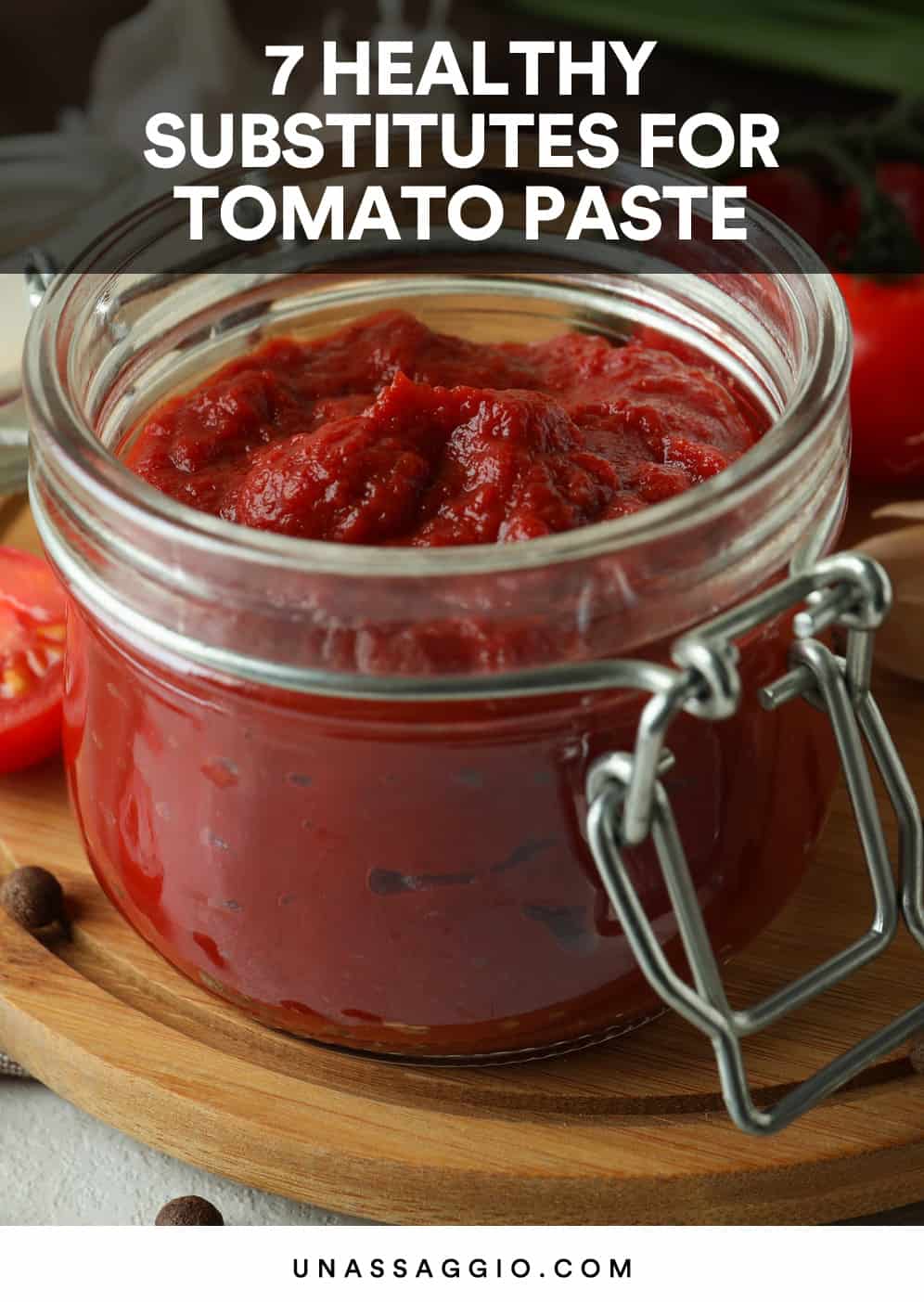
This particular substitute might not be for everyone, especially if you don’t want pepper in the dish you’re making. In the process of making tomato soup, ball pepper and grinder pepper are always added to the soup. So, if you do not want pepper in the new dish you’re about to make, the tomato soup substitute is not for you.
To make use of tomato soup in place of tomato paste, just pour the soup into a pan and let it simmer for a while. And remember, you cannot use the same amount of seasoning stated in the recipe you’re following, because your tomato soup already has seasoning in it. So, whatever amount of seasoning the recipe states, reduce by half, so you don’t have an over-seasoned dish.
7. Tomato Passata
Tomato passata is different from tomato paste and tomato purée because it is uncooked and has a lot of water in it. So, to use this in place of tomato paste, pour it into a frying pan and let it boil for a few minutes till it thickens. Only then can you swap it for tomato paste.
However, no matter how long you leave it to thicken, it cannot be as thick as tomato paste. So, if your recipe says one tablespoon of tomato paste, you’d have to put in two and a half or three tablespoons of your tomato passata, and if it says two tablespoons of tomato paste, then you’re adding five or six tablespoons of tomato passata.
Are Tomato Paste and Tomato Sauce the same thing?
Simply? No. These are two very different things. Though they are of the same product, they do not taste or look the same. Some main differences between these two are:
- Tomato paste is thicker than tomato sauce.
- While tomato paste is basically uncooked tomatoes, tomato sauce is more savoury because it’s cooked with seasoning, oil, vegetables and sometimes meat in it.
- You cannot pour tomato paste onto your cooked pasta and start to eat it because it is bland. It has no taste and a more concentrated flavour. But, you can pour your tomato sauce onto your cooked pasta and enjoy eating it because it is tasteful, and more flavourful.
- Tomato paste doesn’t contain any spice or herb, but tomato sauce does.
- Tomato paste is usually darker than tomato sauce and is used in smaller amounts when you’re cooking, compared to tomato sauce.
- Finally, tomato paste is way healthier than tomato sauce.
Wrapping it up
A substitute is better than no tomato paste at all in your dish. So, if you’re out of tomato paste and cannot make it to the store immediately to get some more, try any of these substitutes and be rest assured that your dish will not taste, or look different in a bad way.
Read next: How to Reheat Rice (The Complete Guide)

